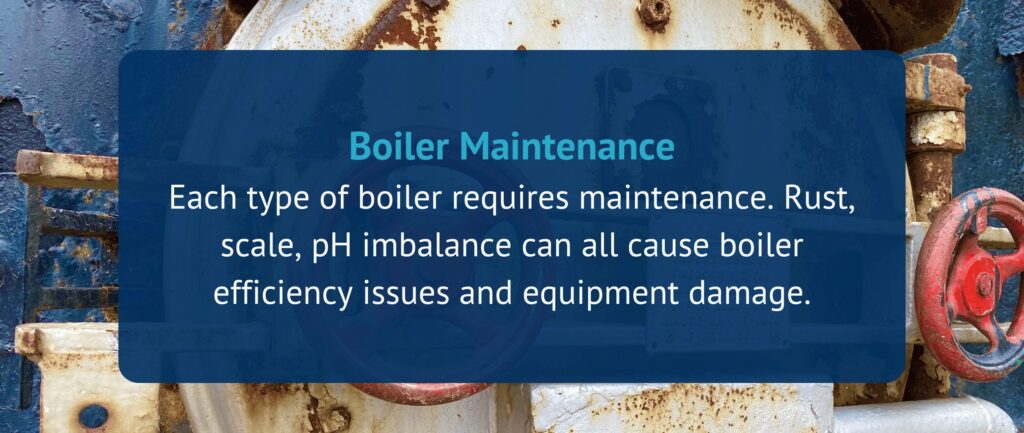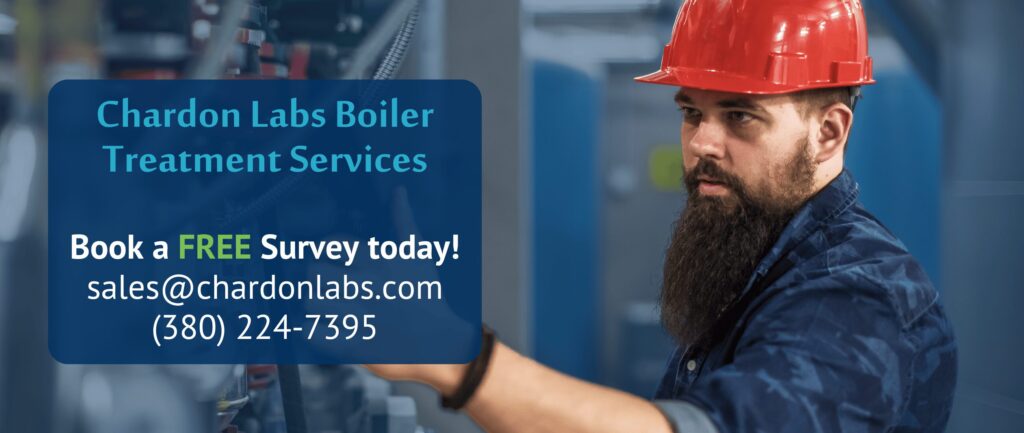
The MAWP, max allowable working pressure, of a boiler will determine whether it is considered a high- or low-pressure commercial or industrial boiler. A MAWP with a PSI higher than 15 is considered a high-pressure boiler, if it is 15 or less it is regarded as a low-pressure boiler. This pressure can be found either on the tag or printed on the boiler vessel. This will differ from the operating pressure at which a boiler is regularly used. There should be a difference of at least 10% between the operating pressure and MAWP to leave some room for relief valves to not have too much pressure.

All cast iron boilers will be low-pressure boilers. Firetube boilers are utilized for both pressures and water tube boilers are typically high-pressure. Low-pressure boilers are commonly found in apartments, schools, hospitals, churches, and offices. High-pressure boilers are often found in commercial laundromats, processing plants, drill rig sites, rubber vulcanizing facilities, and utilities. High-pressure boilers are more regulated than low-pressure boilers. Some regulations have been in place for over 100 years. High-pressure boilers usually require more regular inspections than low-pressure ones. In addition to more regulation, high-pressure boilers require more maintenance.
While low-pressure boilers require less energy, they also produce less heat. The important factor to consider here is the specific heating load necessary for your application. High-pressure boilers will have a larger upfront cost that will be more economical with higher heating load requirements.

Low-pressure boilers require maintenance, just not as much as their high-pressure counterparts. Scale and corrosion are two major concerns when it comes to low-pressure boilers. High-pressure boilers need purer makeup water and more chemical treatment. For boiler maintenance, the following chemicals should be utilized:
Oxygen Scavengers- these chemicals reduce the amount of dissolved oxygen to help prevent corrosion in the boiler.
Scale Inhibitors- They work to reduce the formation of scale in water. It prevents deposition, nucleation, and precipitation.
pH Adjusters- These either reduce (with acid) or increase (with alkaline substances) the pH of the water.
In an environment with multiple types of pressure feeding into condensates, it is important to factor in the differences. High-pressure and low-pressure condensates need to be separated. The temperature difference is great between the two. This temperature and pressure difference could cause flashing.

Chardon Labs serves a wide range of customers with both high- and low-pressure commercial or industrial boilers. We will customize your boiler water treatment plan for your specific system setup. Whether it is for a retirement home, plastic manufacturer, school, or any other building, we have you covered. Book a free survey with us now by messaging us here or by calling (380) 224-7395.